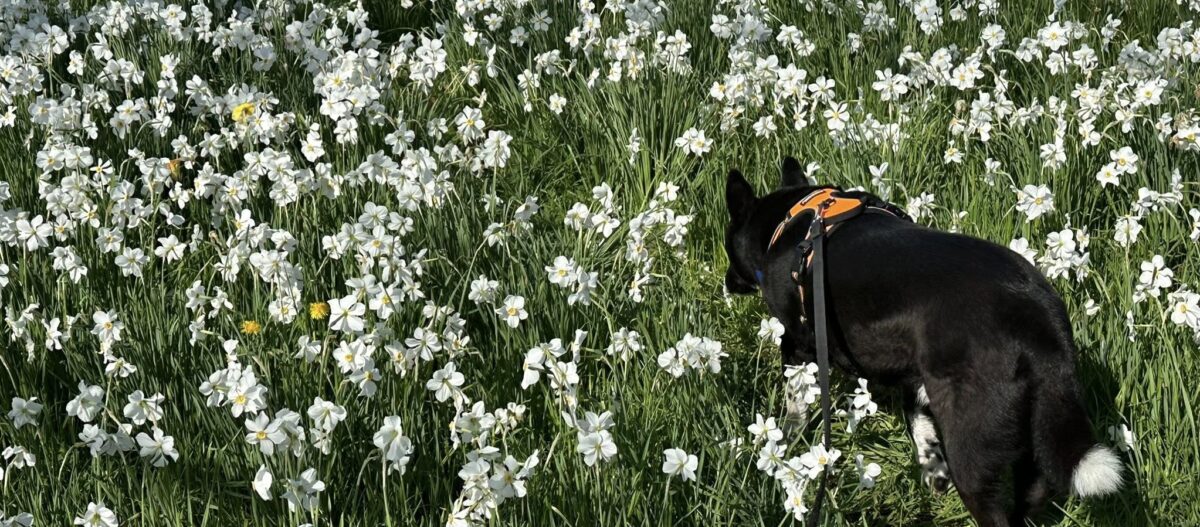“Abraham Lincoln created the U.S. Department of Agriculture in 1862. At that time about 90 out of every 100 Americans were farmers. Today, that number has shrunk to just 2 out of every 100 Americans. Still the motto of the U.S. Department of Agriculture is the same today as it was nearly 150 years ago. Across the bottom of the official USDA seal, are the words “Agriculture is the foundation of manufacture and commerce.”
When we finally moved in to the completed Homestead here, Mike was eager to get a large garden going and have a stand out front to sell some of the produce. His grandfather had a fruit and vegetable store in West Haven years ago and something in the growing of produce has always held his interest. We’ve had a small horse farm ever since we were married 24 years ago, but didn’t devote any large piece of the land to vegetable gardening until recently. We also have several hay fields at This Old House that need tending.
What we’ve learned in the past few years is …. Farming is HARD WORK!.. and it’s truly a science. It’s not hard to lose an entire crop to weather or over/under-fertilization or pest infestation. I’ve gained tremendous respect for those who tend the soil and produce food for the masses. I’m not talking about corporate “factory” farms, but those who are down in the trenches, the fields, the barns, the soil… from sun up to sun down. While we’re just a hobby farm with that small stand out front, there is enough toil here for us to appreciate those who are feeding their families off the land and making a living at it too. I urge you to support their efforts by buying local produce whenever possible. Your body will thank you too! Not only is their produce healtheir for you… without them present in this country’s system we’re headed down a road we don’t want to go.
We don’t have hay equipment, so a farmer in the area brings his equipment for atleast two cuttings each summer to cut and bale the hay. He takes most of it to feed his own animals, and leaves some of the hay for us. The hay must be cut in dry weather conditions… there needs to be enough time to mow it, thresh it into rows, and then bale it with a haybaler. Then the bales need to be picked up out of the field and stored in a dry loft where there is plenty of air circulation, so as to prevent mold, which makes them useless for feed. Moldy hay can make a horse very sick. If there is a rainy season, it’s hard to get this accomplished. Yesterday the hay was cut in most of the fields here, some of it baled, and today, before the predicted rain, they’ll try to finish what they started. Last year we had to throw our stored hay out because it had gotten wet and was stored too tightly. When I opened a bail to feed the horses weeks later, the mold cloud forwarned me that the hay had been ruined. Lesson learned.









